With the recent release of Intel’s Haswell-EP (aka Grantley) range of CPUs we have a new assortment of motherboards to match. One of the Supermicro server offerings is the X10SRH-CLN4F single-socket (UP, as opposed to dual socket – DP) board.
With the recent release of Intel’s Haswell-EP (aka Grantley) range of CPUs we have a new assortment of motherboards to match. One of the Supermicro server offerings is the X10SRH-CLN4F single-socket (UP, as opposed to dual socket – DP) board.
We have a new motherboard in-house – the single-socket 2011-3 Supermicro X10SRH-CLN4F. Photos are done, full review to come soon!
Welcome to Part 01 of our Asus DSL-AC68U modem router review! This is Asus’ latest effort and it sports a pretty impressive spec sheet;
If you are looking for just a wireless router and don’t need the ADSL portion, try the Asus RT-AC68U. The DSL-AC68U follows Asus’ recent industrial design;
Quite striking if you ask us! Taking a look at the rear:
On the left hand side we have – in clockwise order – the USB 3.0 port, ADSL connection, power connector, power switch and recessed reset switch:
On the other side we have four gigabit ports:
Decorative ASUS logo in the center:
The right side is totally button-free, and the left holds a Wi-Fi on/off and WPS button:
Moving to the top, we have the three antenna ports:
And in the box, three adjustable antennas:
Other goodies in the box include an Ethernet cable (not pictured), splitter and telephone line:
…and a compact power brick:
The compact size of the power brick is definitely appreciated, particularly in this day and age of having many, many electronic devices plugged into power boards! Now a side view showing the built-in foot and device profile:
But back to the spec sheet. The DSL-AC68U can hook up to either an ADSL/ADSL2/2+/VDSL or fibre/cable through a WAN port; appealing to those who may have access to both over the life of the product. Certainly a feature which could be appealing for those who are currently on an ADSL exchange but are looking at having fibre installed to their home in the next year or two.
The Dual CPU feature involves one dedicated CPU for the ADSL/VDSL and one for Wi-Fi networking; Asus claim that this assists in achieving maximum throughput for both as they are no longer vying for the same CPU time.
The AC1900 claim is not achievable with a single Wi-Fi connection; it adds the 1300MHz theoretical maximum of Wireless AC with the 600MHz theoretical maximum of Wireless N. Wireless AC is appearing in more and more mobiles, tablets, laptops and desktops so it makes a lot of sense to consider a Wireless AC modem/router if wireless speeds matter to you at all. We have found that it can result in greatly improved network performance, particularly when you have multiple people streaming media or files simultaneously.
Asus claim that their AiRadar feature improves just about everything about your Wi-Fi – range, stability and speed. The beamforming benefit isn’t just restricted to AC, either – the older A/B/G/N standards receive it as well.
The USB 3.0 port can be used to share a 3G or 4G dongle’s internet connectivity, a USB drive or a printer. USB 3.0 here is definitely a plus for those with Wireless AC clients and USB 3.0 hard drives/flash drives – you stand a chance of actually seeing the benefit of the faster USB standard thanks to the potential 1Gb+ Wi-Fi speeds.
Stay tuned for part 02 of our review, where we look at the rest of the features and Asus’ ASUSWRT web interface!
In-Win’s H-frame ITX chassis caught people’s attention in early 2013 for it’s striking looks, and today we got our hands on one to review.
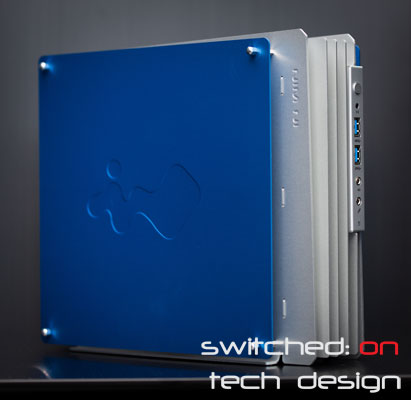
Many storage enthusiasts are familiar with the IBM M1015 card, an IBM rebadge of the LSI 9220-8i host bus adapter (HBA), based on LSI’s SAS2008 chipset. Less are familiar with Asus’ PIKE card – essentially the same thing in Asus’ own form factor, fitting only their proprietary PIKE slots.
This card activates the onboard eight 6gb/s SAS/SATA ports featured on server boards with PIKE slots. The straight 2008 model acts just like an M1015 in IT mode; the IMR model gives you RAID capabilities, namely RAID1/RAID10/RAID0/RAID1E.
The card itself is quite small, fitting into 1U chassis’ – at a mere 1.57″ high and 6.44″ long, it’s quite a bit lower than your usual PCI-E cards. Operating system support for the SAS2008 chipset is excellente – it has worked out of the box with every modern OS and hypervisor we have tried recently (e.g. Windows 7, Ubuntu 10.04-12.04-13.04, OpenIndiana, ESXi 4+ etc.).
The card itself is readily available, at least in the US and AU – at around $130/140 new it’s actually extremely reasonably priced vs. picking up a used M1015 on eBay. With a PIKE card you’ll get a warranty, make use of an otherwise-unusable slot and keep one of your PCI-E slots free for other uses, so there are quite a few reasons to consider one.
One caveat exists, primarily affecting those attaching a number of SSDs to the controller. Not all Asus motherboards have the same electrical connectors to the PIKE slot – some are PCI-E 2.0 x4, some PCI-E 2.0 x8, some PCI-E 3.0 x8 – there may be other combinations but these are the ones we have tested so far. A x4 connector may bottleneck a number of SSDs in use simultaneously; it’s extremely unlikely that you’ll hit that limit with spinning disks. It’s worth being aware of what electrical connection is present to you PIKE slot if you ever intend on hooking up a lot of fast drives as you may end up unintentionally bottlenecking their performance.
In terms of performance, it acts exactly the same as plugging in an IT-mode M1015; eight extra ports are activated without fuss and drives hooked up to those ports should appear immediately in your OS. lspci should show something along the lines of:
03:00.0 Serial Attached SCSI controller: LSI Logic / Symbios Logic SAS2008 PCI-Express Fusion-MPT SAS-2 [Falcon] (rev 03)
Super straight-forward – couldn’t be easier. The card supports hot-swapping, too.
The PIKE card is well worth a look in as an alternative to a secondhand M1015/LSI card for those enthusiasts with an Asus board with a PIKE slot.
Also see: How to install a PIKE 2008 card
You can buy the Asus PIKE 2008 card from Amazon.com:
With the recent release of Intel’s Haswell architecture came new server boards to match. From Asus came the new P9D line, and within that line the Asus P9D-E4/L is the flagship model with quite a comprehensive list of features.
If you’re in the market for a gigabit switch the HP Procurve line has probably come up in your searches. The 1410-16G is a 16-port gigabit switch, unmanaged, that is also fanless and comes with rack-mounting equipment. Oh, and it’s under $100 AU. With a lifetime warranty. That’s a lot of boxes ticked right there.
If you’re used to HP’s 24/48-port rackmount switches the 1410-16G will probably seem quite compact. Meausuring approx. 21 x 11.2 x 4.5cm and weighing ~650gm, it’s certainly not hard to stash away out of sight if needed. The metal chassis helps both with durability and also heat dissipation – and it doesn’t hurt the feeling of quality, either. Jumping straight into the important parts – a closeup of the ports on the front:
Nothing out of the ordinary here – two sets of 8 ports, cable clips facing outward as they should be. To the left there’s the indicator lights:
Pretty self-explanatory there – and the LEDs are quite appropriately bright, easy to see but not lighting up the entire room. Flipping the unit around to look at the back:
Pretty bare back there. A closeup of the main point of interest:
Flipping the unit around to look at the (identical) sides, there’s once again not a great deal to see. Ventilation holes and mounting points for the rack ears. Speaking of rack ears:
They come with all necessary screws and mounting gear. A nice touch – for a lot of home enthusiasts who have a rack 16 gigabit ports may suffice, and this will save a shelf/custom mounting brackets. There’s also wall-mounting hardware supplied:
…and some nice self-adhesive rubbised feet:
The external power brick is reasonably small with a standard 2-pin figure-eight cable going into it:
A closeup of the printed info for anyone who cares:
The unit is silent as you would expect from a fanless unit, and we couldn’t hear any audible hissing/other noises coming from the power brick. In use it’s extremely power efficient, pulling an average of 8W from the wall in use with 14W peak during power-on. It also doesn’t get appreciably hot during use.
As far as performance goes, putting this switch between an iperf client and server showed a steady 945Mbit/s throughput – an excellent result. We weren’t able to test it in a situation where we pumped 16 or 32 gigabits/second through it, which should be where this switch really shines. If our experience with other Procurve switches is anything to go by, this one should be able to deal with very long periods of uptime without issue. We tested this one for three weeks with constant use and it remained trouble-free.
Given the price point – at or below $100 delivered – the features of this switch make for a compelling product for anyone looking for an unmanaged gigabit switch with 16 ports. Well worth considering.
Wireless access points can be really handy devices – they can solve a number of problems such as connecting a PC/device without a wireless card to the network, creating a network bridge or extending your network. This TP-link, at around $30, offers quite a bit of potential for not a lot of money.
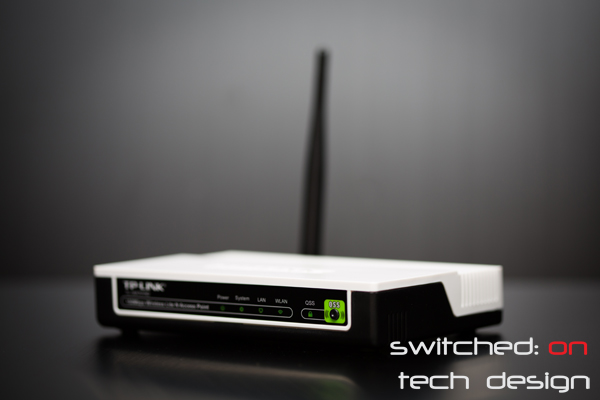
Physically it’s quite a small box with a single LAN port in the back:
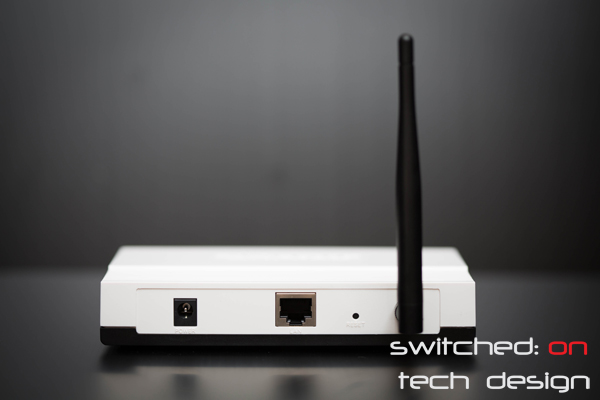
You can also see the power point on the left and the recessed reset button on the right. There’s a single antenna which can be bent into a variety of positions. It does come with a Power over Ethernet adapter, though, which is a nice inclusion for the price – this means that you aren’t limited to placing this device near a power point as you can feed power into the Ethernet line going into it instead!
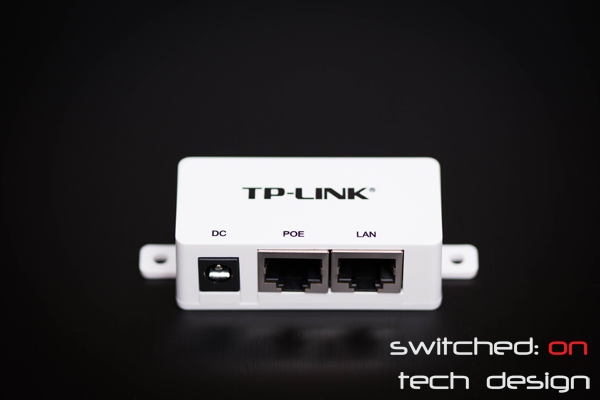
It uses the regular power brick so nothing else is required to get POE going. On first boot the TL-WA701ND has the default IP address of 192.168.1.254, so if you’re using a different IP address range (e.g. 10.1.1.x) you’ll have to change a device to be able to log in and change the static IP of the device to match your own network. The default login is admin/admin – don’t forget to change this! Once you log in you should see the following screen:
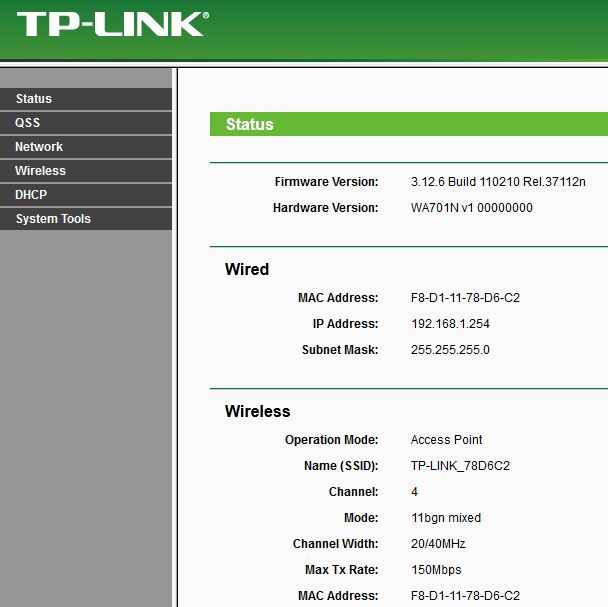
The TL-WA701ND defaults to Access Point mode, as you can see. If you need to you can jump straight to the Network menu to change the IP range:
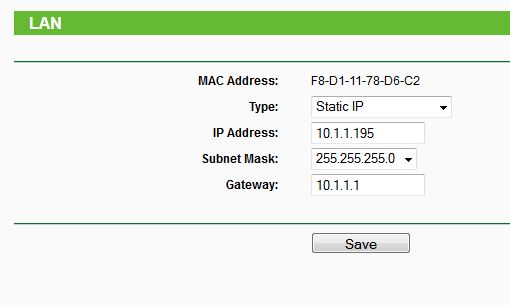
Replace 10.1.1.x with whatever IP address you require. Click save, reboot the router, put your computer back to your usual IP address range and log in again:
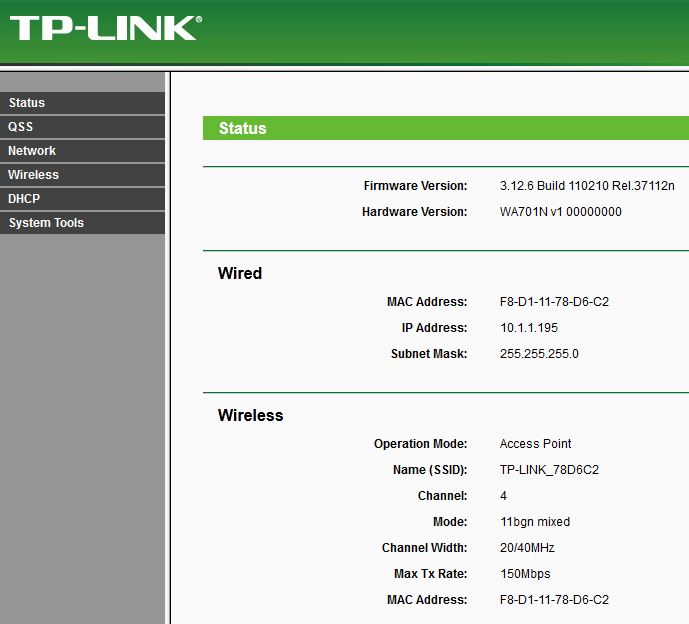
Easy done. On the same screen at the bottom you can see traffic statistics:

Now on to the Wireless menu:
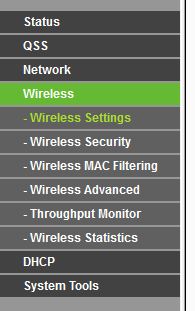
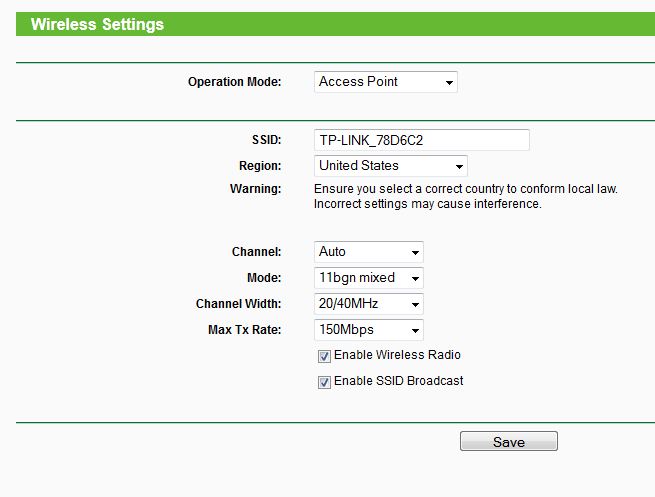
Your choices of Mode are Access Point, Multi-SSID, Client, Repeater, Universal Repeater and Bridge with AP – quite a flexible range of options! The other important page for setting this device up is the Wireless Security page:
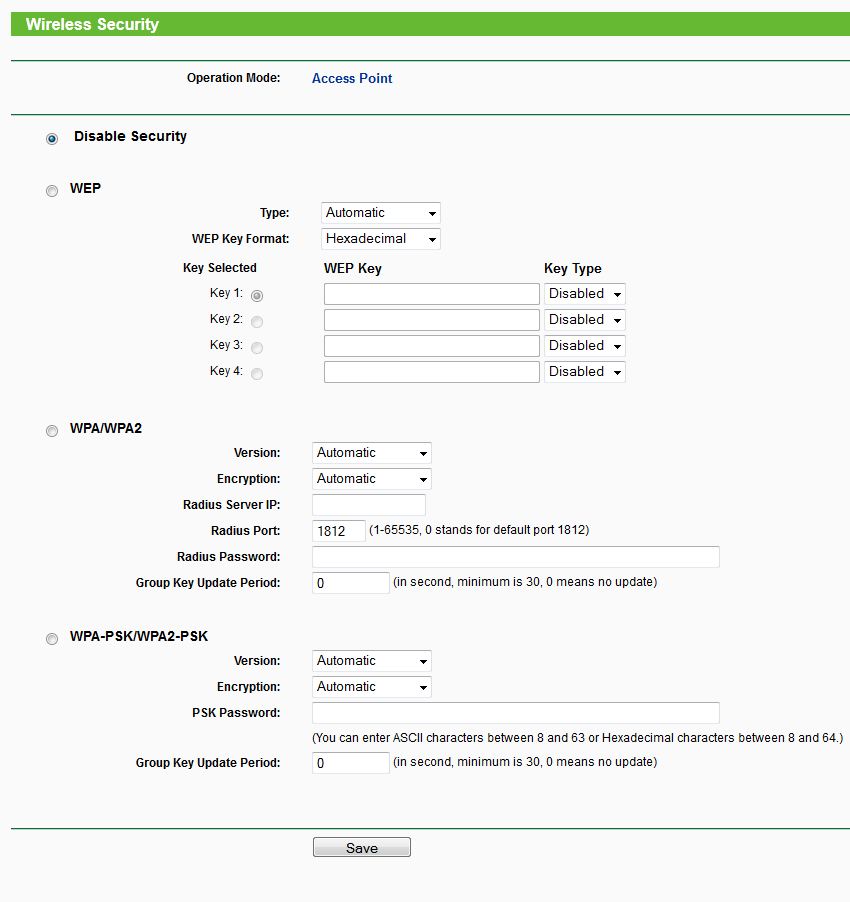
While I certainly wouldn’t encourage anyone to use WEP when WPA2 is available it can sometimes be handy for non-mission-critical situations where you have to connect devices which don’t support WPA. If your devices do support WPA, though, it’s a much more secure protocol and is the better choice. Also on the topic of security, you can filter access by MAC address:
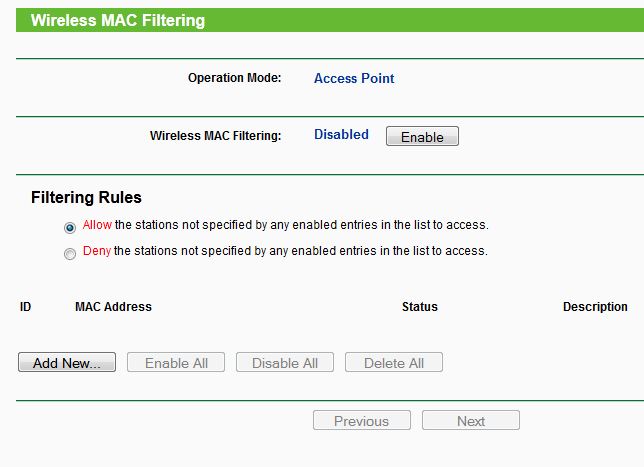
If you’re looking for more control over the wireless aspect of the device, there’s an advanced menu for Wireless settings:
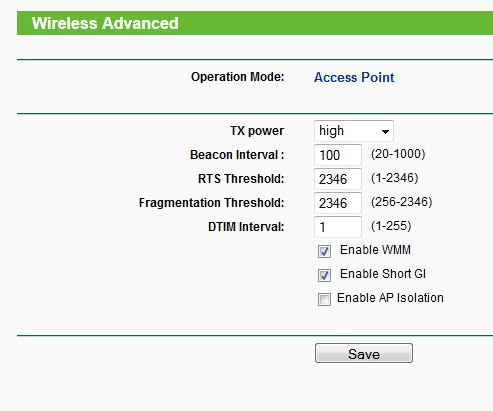
Most users won’t have to touch this, however. Moving on down the menu, we can see our DHCP settings:
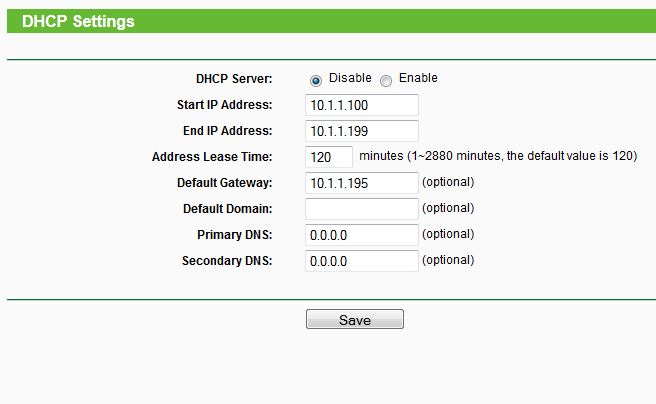
It picks reasonably sensible ranges by default. The System Tools menu is next, and contains the following:

SNMP is a nice inclusion for home enthusiasts or businesses who want/need to keep track of their devices. Another interesting function is the Ping Watch Dog Utility:

I doubt most people would use it but someone may find it useful! Probably more useful is the Wireless Statistics, which shows each connected device’s usage:
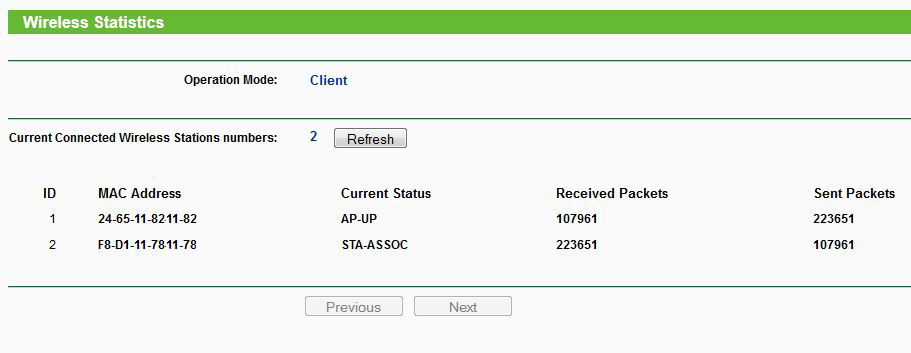
So, that’s what the OS has to offer – so how does it perform? For this test we used iperf on a laptop attached to the TL-WA701ND in Client mode, simulating a device which lacks a wireless card being added to the wireless network. The wireless network was broadcasted from a Fritzbox 7390 through one wall about 5 meters/15 feet away. The laptop is a current-generation HP Folio 13 Ultrabook. The test was ran three times and the average result taken. So how did it go?
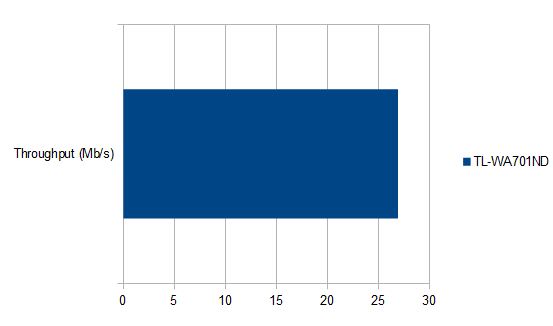
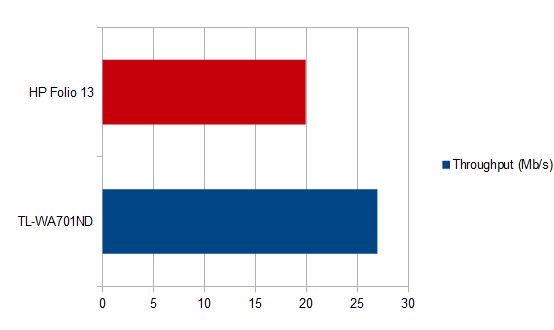
With the massive increase in how useful mini-ITX boards are has come a corresponding increase in chassis to fit them, all of which are challenged by dissipating a full-sized-desktop CPU worth of heat in a small space. Add in a GPU and other components and you have quite a difficult proposition – getting the right balance of size, aesthetics, noise, cooling and price. One of the more recent contenders is Silverstone’s FT-03 Mini:
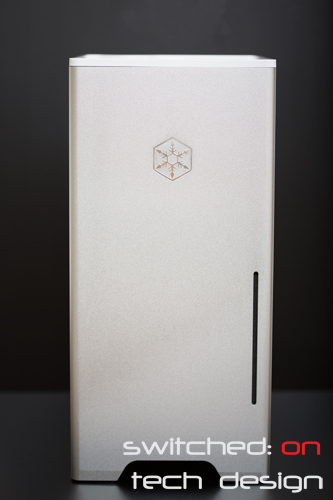
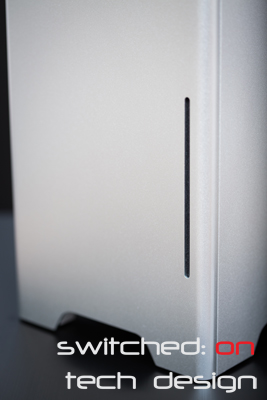
The white is tasteful and matches up with the silver nicely. There’s a power and reset button in the center:
…along with two USB 3.0 ports and the usual two audio ports on top.
The top plastic piece is held in with clips and lifts off without too much difficulty. The sides are also held in with clips:
They’re particularly solid sides – though they do scratch easily. The aluminium is several mm thick:
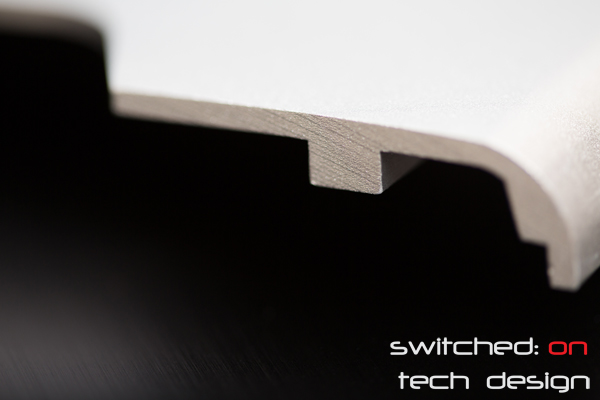
There’s enough room in the chassis for a SFX PSU and even a self-contained watercooling unit if you’re feeling adventurous – it’s a reasonably flexible chassis, too, so if you don’t need a CD/DVD/Bluray drive you can leave that mounting bracket out, which gives you a little more leeway in installing other components.
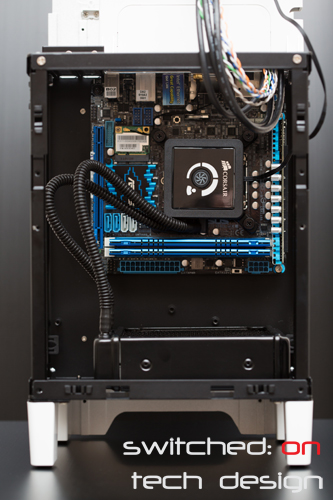
We haven’t built one that isn’t cooled with a Corsair H80 yet and we’ve also avoided using SFX PSUs in exchange for smaller units to give more internal space. There’s a dust filter on the base, too, which is handy as it catches a reasonable amount of dust being so close to the floor.

As promised, here’s part two of our review! We’re building one of our standard test systems using this chassis and the following components:
Asus P8Z77-V Deluxe motherboard
Intel i7-3770K CPU @ 4.5GHz
8GB G-skill Ares 2133MHz RAM (2x4GB)
Corsair H100 self-contained liquid cooling
Crucial M4 SSDs
Seasonic X-560 PSU
AMD HD6450
Click through to see how the build went!